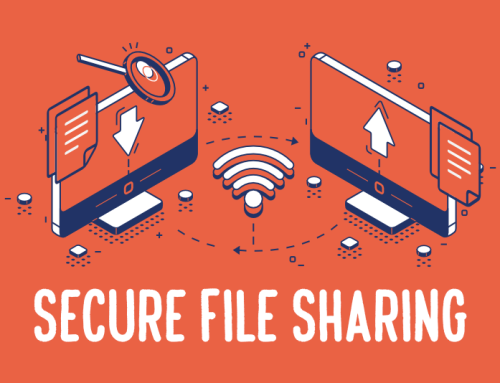Ad-blocking
Online advertising has proliferated to the point where it is now unavoidable in our digital lives. Ads have flooded websites and apps, competing for our attention and frequently interfering with our browsing experience with pop-ups, banners, and autoplay videos. To regain control over their online activities, users are turning more and more to ad-blocking software. This article will examine the ad-blocking phenomenon, its effects on the digital environment, and the factors contributing to its rising popularity.
Understanding Ad-blocking
Ad-blocking refers to the use of software or browser extensions to prevent advertisements from being displayed on websites and apps. These tools work by filtering out or hiding ad content, allowing users to navigate the internet without interruptions. Ad-blockers come in various forms, ranging from browser extensions like AdBlock Plus and uBlock Origin to dedicated applications for mobile devices.
The Growth of Ad-blocking
In recent years, there has been a significant increase in the use of ad-blocking software. Users are becoming increasingly irritated by intrusive advertisements that interfere with their browsing experience, slow page loads, and use excessive data. An efficient solution is ad-blocking, which allows users to personalize their online experience by selectively preventing certain ads from showing up on their screens.
The Impact on Publishers and Advertisers
While ad blocking has advantages for users, it can be problematic for publishers and advertisers who depend on ad sales to make a living. Publishers have seen a decline in ad impressions and consequent revenue losses as a result of the emergence of ad blockers. As a result, to make up for the drop in ad revenue, some publishers have turned to implement alternative monetization strategies like paywalls or sponsored content.
On the other hand, advertisers struggle to effectively reach their target audiences. Because of ad blocking, their advertisements might not be seen or may not have the desired effect. Order to engage users in more subtle and interesting ways, this has led advertisers to investigate alternative advertising strategies like influencer marketing and native advertising.
The User Perspective
User annoyance with the intrusiveness of online ads is the main motivator for ad blocking. Ad-blockers have become more popular as a result of the overuse of tracking technologies, the lack of control over the displayed content, and personalized ads. Users value their privacy and do not want to be subjected to a barrage of pointless or intrusive advertisements. They can take back control of their browsing experience, enjoy quicker load times, and safeguard their personal data with ad-blocking.
The Future of Ad-blocking
Ad-blocking presents difficulties for the advertising sector as it continues to spread. Delivering successful advertising campaigns while respecting users’ preferences is a delicate balance that advertisers and publishers must strike. Adopting less intrusive ad formats, enhancing targeting strategies, and placing a higher value on the user experience could all help achieve this balance.
Furthermore, technological developments like artificial intelligence and machine learning might make it possible for ad-blocking technologies to become more advanced. Ad-blockers may develop to distinguish between appropriate and intrusive advertisements, enabling relevant and non-intrusive advertising to coexist with user preferences.
In the world of digital advertising, ad-blocking has grown in power. Ad-blocking tools are an efficient response to user demands for greater control over their online experiences. Even though ad-blocking poses difficulties for
publishers and advertisers, it also encourages them to consider alternative advertising tactics. Online advertising’s future ultimately depends on finding a balance between user preferences, publisher viability, and efficient ad delivery.
How do I block ads?
1) On your Android phone or tablet, open the Chrome app .
2) To the right of the address bar, tap More. Settings.
3) Tap Permissions. Pop-ups and redirects.
4) Turn off Pop-ups and redirects.
Ad blocking is generally safe, but you should always choose reliable ad blocking software. However, you should also note that ad blockers are not a replacement for anti-malware software and will not fully protect you against malware and viruses.






